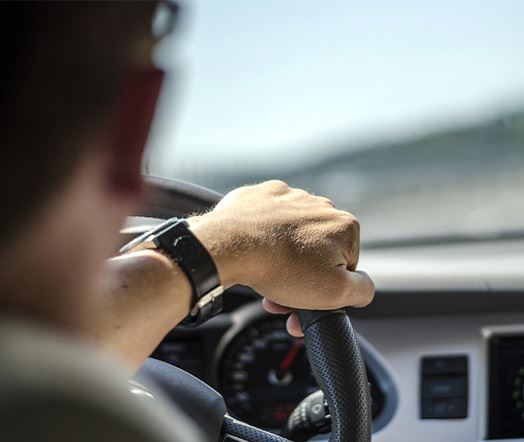Although this study is old, the information is still fascinating on self-reported drinking and driving numbers. The original story can be found here.
"In 1999, researchers conducted a nationwide, random telephone survey of 5,733 adults age 16 and older to collect information about drinking and driving behavior and attitudes, and enforcement of drinking and driving laws (Royal 2000).
Overall, 21 percent of the driving–age public reported driving a vehicle within 2 hours of consuming alcoholic beverages in the previous year, and about 10 percent of these trips were driven at a BAC of 0.08 percent or higher. (BAC was estimated based on a NHTSA formula using gender, weight, number of drinks consumed, length of time drinking, and length of time between last drink and driving.) Bars, taverns, and restaurants were the origin of more than half the drinking and driving trips (54 percent), whereas 17 percent of the trips originated at the driver’s own home and 23 percent originated at another person’s home. In general, people who drive after drinking believe they can consume up to three drinks in a 2–hour period and still drive safely. Those who do not drink and drive think their limit is about one–third less, or two drinks (Royal 2000).
Consistent with the fatality data, males were much more likely to report driving after drinking than females (31 percent vs. 13 percent). Drivers under 21, and particularly those between 16 and 18, were the least likely of any age group of drivers to report driving after drinking, and drivers ages 21 to 45 were the most likely to report this behavior.
Among people who drove after drinking, males reported more drinking– driving trips in the past month than females (an average of 13.2 trips vs. 6.6 trips). Drivers ages 16 to 20 who drove after drinking reported on average the fewest drinking–driving trips of any age group (Royal 2000).
According to survey responses, researchers estimated that in the year prior to the survey, people between the ages of 16 and 20 drove after drinking 12 million times; those between 21 and 29 did so 201 million times; those between 30 and 45, 316 million times; those between 46 and 64, 255 million times; and those 65 and older, 72 million times (Royal 2000).
Not only are males more likely than females to report driving after drinking, they typically drive longer distances after drinking. The average distance of the average drinking–driving trip was greater than 16.7 miles for males, compared with 8.5 miles for females.
Although a smaller percentage of 16– to 20–year–old drivers drive after drinking compared with older drivers, when they do so, 16– to 20–year–olds consume more alcohol before driving. Based on NHTSA’s estimates of the BACs of drivers’ most recent drinking– driving trips (derived from survey results), 16– to 20–year–old drivers had an average BAC of 0.10 percent, three times the average BAC of adults (including 16– to 20–year–old drivers) who drove after drinking. Compounding the danger of driving with higher BACs, drivers ages 16 to 20 on average have 1.4 passengers with them when they drive after drinking, compared with an average of 0.79 passengers for all other age groups. Young drivers’ perceptions about how much they can drink and still drive safely also increase their risk. Among 16– to 20–year–olds, the average BAC at which these drivers considered themselves safe to drive was 0.12 percent for males and 0.07 percent for females (based on respondents’ estimates of how much they could drink in a 2–hour period and still drive safely). In comparison, a 0.05–percent BAC was considered safe by males and females ages 21 to 45, and a 0.03–percent BAC was believed safe by those age 45 and older.
When asked whether they believed their BAC at the time of their most recent drinking–driving trip was above or below the legal limit, about 10 percent of all age drivers believed they were above the legal limit. Forty–four percent of drivers ages 16 to 20 believed they were above the legal limit. This suggests that more than half (56 percent) of the 16– to 20–year–old drinking drivers questioned were not aware that driving after any drinking is illegal for them."


